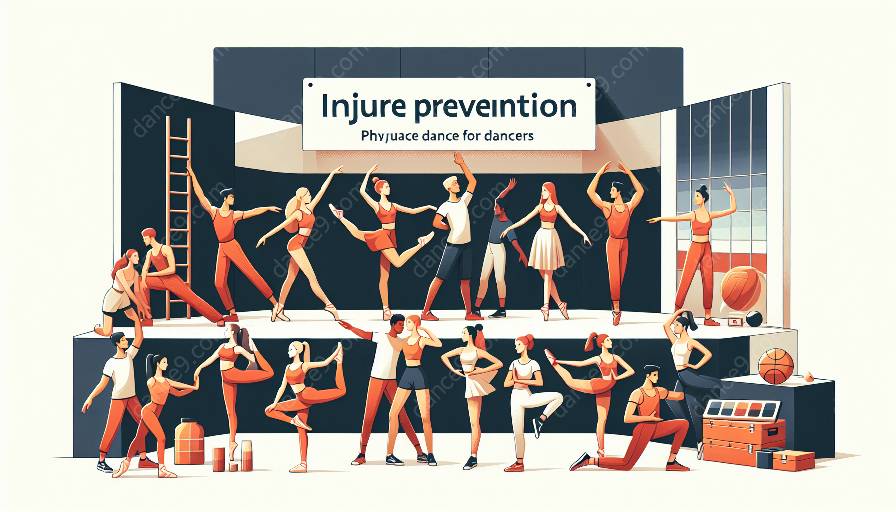Dance is not only a form of artistic expression but also a physically demanding activity that requires rigorous training and practice. As dancers push their bodies to perform at their best, the risk of sustaining injuries becomes a significant concern. To address this issue, it is crucial to establish a supportive network that promotes injury prevention and enhances both the physical and mental well-being of dancers.
Injury Prevention for Dancers: A Vital Component of Dance Training
Injury prevention for dancers is a critical aspect of dance training that aims to reduce the risk of injuries and promote overall well-being. Through education, awareness, and implementation of safe dance practices, dancers can actively participate in their own injury prevention by understanding the anatomical and physiological aspects of their bodies.
Awareness of dance-related injuries, such as sprains, strains, and overuse injuries, can empower dancers to take proactive measures to minimize the risk of injury through proper warm-up and cool-down routines, as well as maintaining overall physical fitness and flexibility. Moreover, education on nutrition, hydration, and rest also plays a pivotal role in injury prevention.
Building a Supportive Network for Injury Prevention
Establishing a supportive network for injury prevention involves the collaboration of various stakeholders, including dance instructors, physical therapists, nutritionists, and mental health professionals. By working together, these individuals can create a comprehensive approach to address the physical and mental health needs of dancers while mitigating the risk of injuries.
Dance Instructors: Dance instructors play a crucial role in injury prevention by providing proper technique instruction, monitoring the physical and emotional well-being of dancers, and creating a positive and nurturing training environment.
Physical Therapists: Collaborating with physical therapists can help dancers prevent and treat injuries, improve their overall physical conditioning, and support rehabilitation when injuries occur.
Nutritionists: Proper nutrition and hydration are essential for dancers to maintain their energy levels, support their physical training, and aid in injury prevention and recovery.
Mental Health Professionals: Recognizing the psychological impact of dance-related injuries, mental health professionals can contribute to providing support and interventions to help dancers cope with performance anxiety, stress, and the emotional impact of injuries.
Promoting Physical and Mental Well-Being in Dance
Physical and mental well-being are intertwined in dance, and a comprehensive approach to injury prevention takes into account both aspects of health. Building a supportive network that fosters physical and mental well-being in dance involves:
- Education and awareness on injury prevention and safe dance practices
- Creating a positive and supportive training environment
- Access to resources such as physical therapy, nutrition guidance, and mental health support
- Encouraging open communication and seeking feedback from dancers about their physical and emotional well-being
- Implementing rest and recovery strategies to prevent overuse injuries
By integrating these components, dancers can develop a well-rounded approach to injury prevention and overall health, supported by a network of professionals who are dedicated to their well-being.


































